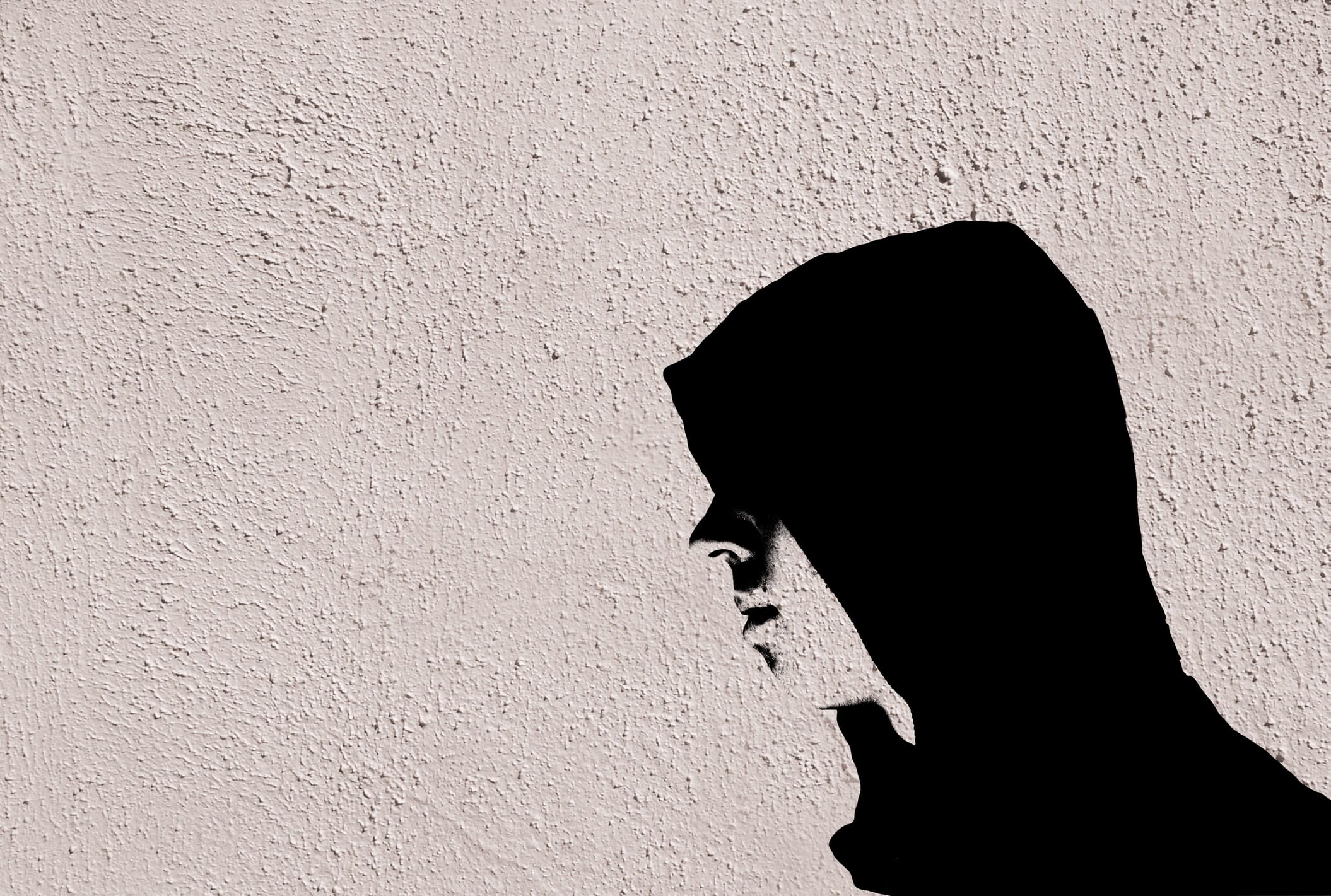Debunking the perceived associations between ethnicity and youth gangs
In Australia, as with many other countries around the world, migrant young people receive significant media and political attention as alleged perpetrators of gang-based criminal activity.
Media and political discourses consistently portray them as being responsible for antisocial, delinquent and criminal behaviour, which in turns fuels public perceptions that young people are out of control, threatening, violent and dangerous.
Assumptions are often erroneously made about the behaviour of youth by their ethnicity. Gang identities are frequently described by police and media in racial terms.
Our new research debunks the myths. Our paper in the Journal of Youth Studies shows that after separating ethnicity from other “youth crime” risk factors (family, neighbourhood, individual “delinquency”, school, peers, law enforcement) there is, in fact, no association between migrant status and youth crime in Australia.
“This is not to say that no members of youth gangs in Australia are first or second-generation migrants,” the paper states, “but rather that the perception of gangs based exclusively on ethnic identity is unfounded.”
Racial profiling ‘detrimental’
The study explores the risk factors and uses data from the Australia Youth Safety Survey from 2945 young people aged 14-25 years.
While it acknowledges youth gangs and youth violence do exist, it says racial or ethnic profiling of migrant cohorts in relation to crime is “detrimental to those who are affected by such labels” and affected by “moral panics created by media and political discourse”.
This isn’t a new phenomenon. After all, this has been a consistent feature over time, with “Asian gangs” in the 1990s in the US, UK and Australia, “Middle-Eastern gangs” around the time of 9/11, “Turkish gangs” and “Albanian gangs” in the UK and Europe, and “African gangs” in Australia since the early 2000s.
Read more: Unlocking the fear and myths around ‘African gangs’ in Melbourne
This has detrimental impacts on the sense of belonging felt by migrant young people. The teenage years are vital, formative years for developing identity, self-worth and purpose.
Constantly facing scrutiny from the public, politicians and media because of physical appearance is taxing.
Traditionally, gang involvement can be seen through multiple marginalities, with ecological, historical, structural, and the social control factors coalescing with street socialisation to lead to gang membership.

Factors preventing gang involvement
Results show being a first or second-generation migrant has no relation to gang membership. That is, neither being a migrant, nor a child of a migrant, increases the odds of joining a gang.
While we didn’t identify any factors that make a young person more likely to be involved in a gang, we found several factors that reduced the odds of them being in a gang.
Having a high sense of self-control and strong morals actively worked to prevent gang membership. These factors are instilled in children from a young age.
Read more: Ripple effect: The social consequences of the ‘everyday’ hate crime
A youth gang is defined as “any durable, street-oriented youth group whose involvement in illegal activity is part of its group identity”.
We also analysed the importance of neighbourhood conditions on youth gang membership to explore ecological differences in the environment in which a young person lives.
At the wider neighbourhood level, gang membership is more likely for those who live in a neighbourhood with high levels of disorder, or cohesive, tight-knit neighbourhoods.
Integration undermined by messaging
The challenges associated with immigration and settlement experiences are numerous, and community integration of immigrants is undermined by racialised public messaging strategies that promote dichotomies of “us” and “them”, and seek to accentuate differences.
A focus on creating and strengthening positive images of immigrants, rather than instilling blame and mistrust, will be more conducive to social benefits for society.
Building on this research, the team plans to undertake future research into the impact of stigma and labelling on young people from migrant backgrounds, and develop strategies to build community capacity to counter these harmful narratives to ensure they’re not detrimental to young peoples’ development.
This article was co-authored by Associate Professor Angela Higginson, Faculty of Creative Industries, Education and Social Justice, Queensland University of Technology.







